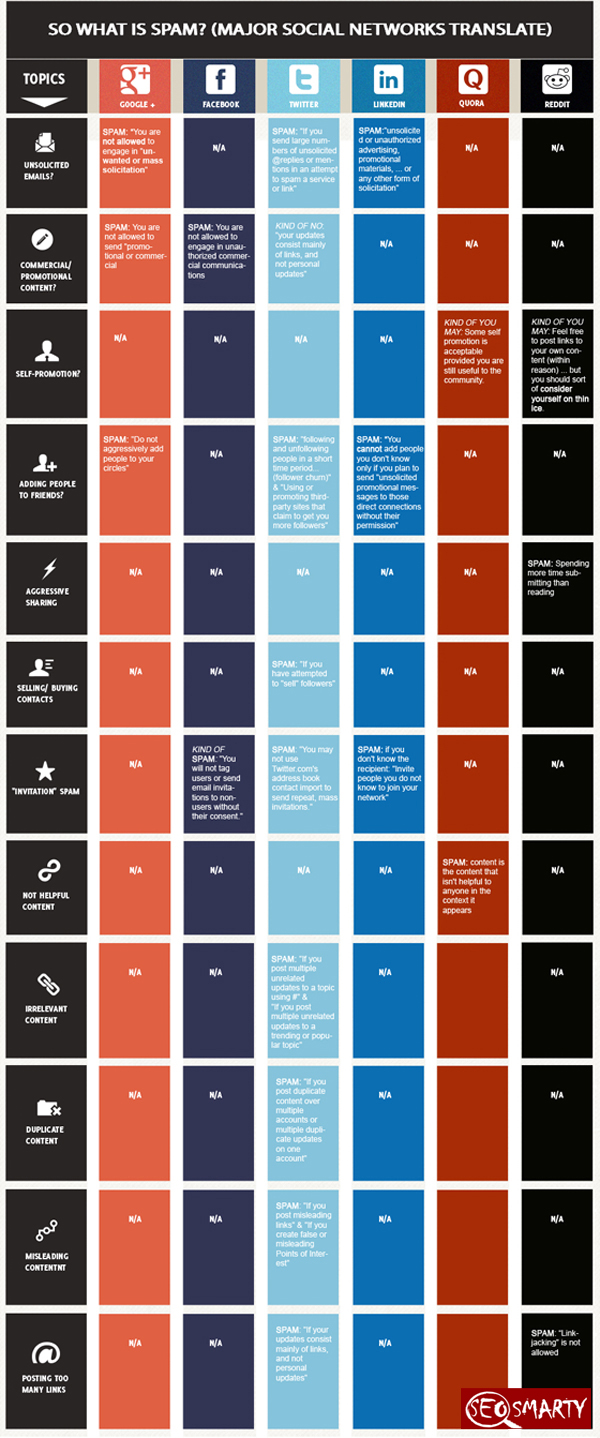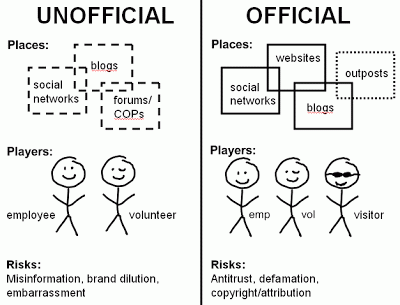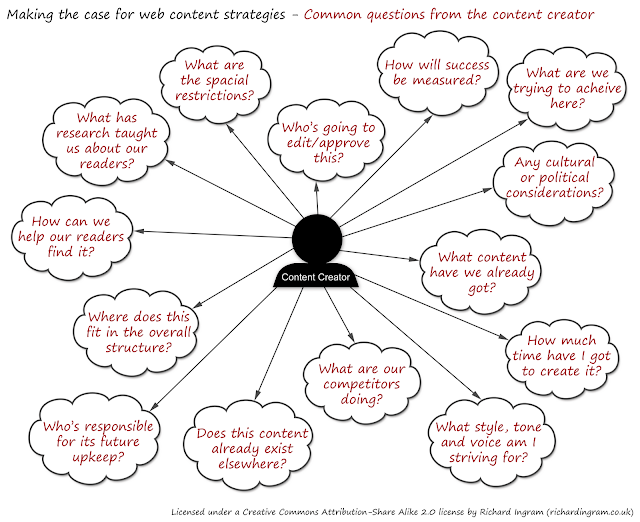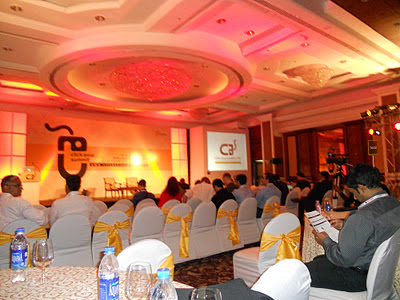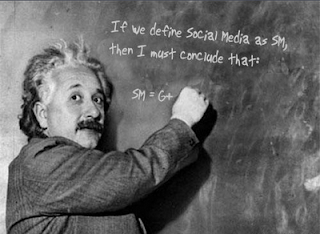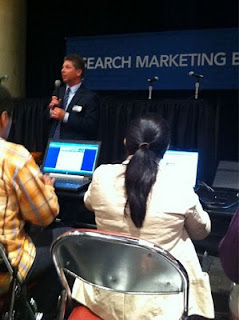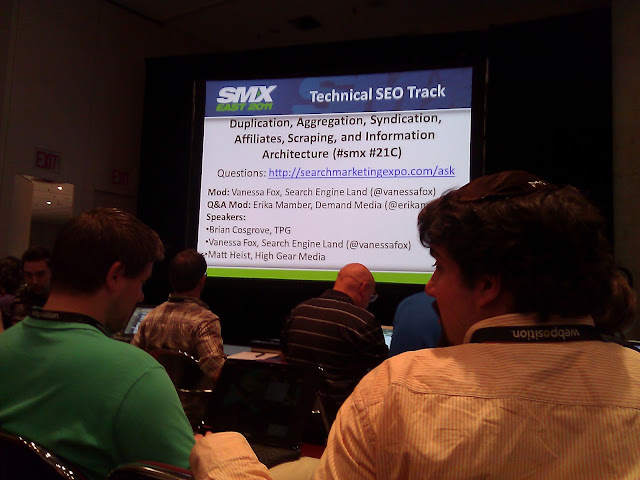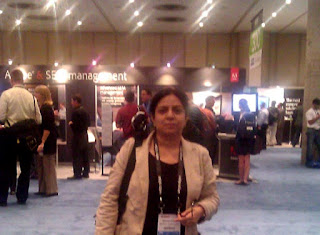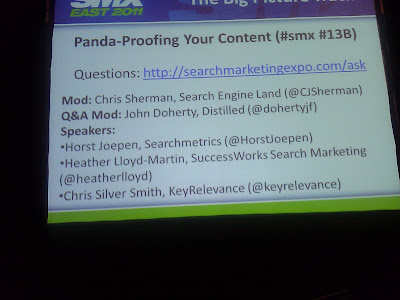Since social media especially Twitter, Facebook, Google+ are now integrated in a big way in the search engines and have the offshoot benefit on rankings and search presence, its high time that there is a policy for what should be shared via the company and personal social media accounts.
Common examples of social media include blogs; social networks like Facebook, LinkedIn, and micro-blogging sites like Twitter; media-sharing sites like YouTube and Flickr; etc.
Social media signals can leverage the search presence of a web entity and add to the digital assets for web presence but at the same time it also has an equal and opposite potential of becoming a liability and also affect the search presence adversely.
Google continuously works on improving the quality of search results and combating the spam on the web is the primary task of the web spam team at Google headed by @mattcutts . Google since last year has been working continuously working on the content spam and has been clearing the web of the content clutter by the series of Panda Updates and also has been working on eradicating the link spam on the web which gives wrong signals to search and manipulate search results.
In real life you are what your thoughts are, online you are what you share and publish.
Similarly, social signals in the long run have the same potential to pollute the web by spam if the companies do not follow a code of conduct for social sharing or do not formulate social media sharing policies.
Many times this task of optimization and social media management is outsourced to a third party so it is assumed that the third party is responsible for all the actions but after all it is the reputation of the company which is at stake. Hence, one can delegate the task but not the entire responsibility and answerability.
As the search and social signals integration is still at the initial stages and the search engines are themselves exploring and experimenting with the search and social data , it is the right time for companies having a corporate social media policy which should be followed to avoid the spam and have a good online reputation.
In online social networks, the lines between public and private, personal and professional are blurred the need for clarity of identity is vital. It is essential that when one shares on behalf of the company on social media he or she clearly states how they are connected with the company and own up for the content that one shares.
IMO Sooner or later Google will see through the social media spam too and start penalizing the accounts which may not be genuine or maybe sharing just to boost a certain listing.
Hence, a social media policy will help the company to avoid such disastrous outcomes.
Some of the points which the policy should include to avoid spammy behavior resulting in bad online reputation are:
- Follow authority accounts and accounts which have quality posts related to your industry
- Identify the purpose for the social media presence Read more about this on:
http://blog.webpro.in/2011/07/setting-purpose-of-your-social-media.html - Define your audience
- Add value with each post and tweet
- Be consistent
- Share only if you like the content and want others to know about it not just because you know that person.
- Do not keep sharing posts of some accounts only. Have a varied mix and see that you connect with more and more relevant accounts over a period of time.
- The posts should gradually add to the trust and the authority factor of the company’s online presence.
- The quantity does not matter hence do not buy likes or +1s, they will end up adversely affecting the social scene just like the paid links.
- Let the friends, followers and the circles increase naturally due to quality postings.
- Build the brand along with the online persona of the people who share on the social media.
- Do not be boisterous by only saying what you want to say, listen, reply, engage.
- Accept negative comments with grace and clarify if necessary
- Build blog communities and discuss the posts from all perspectives. Do not end up just creating mutual admiration groups which in the long run deprive you of valuable UGC .
- Do not take anything personally.
- Just as you keep your personal and professional lives separate in the real world, following the same thumb rule will surely be the best way to balance both the worlds.
All these points are applicable if you want the social presence have a direct and positive correlation to your search presence. For personal accounts these may not matter as for personal and professional personas the rules maybe different.
This infographic from Seo Smarty provides a handy one-page resource as to how each of the major social networks defines spam, what sort of spam you can expect and their position therein.
